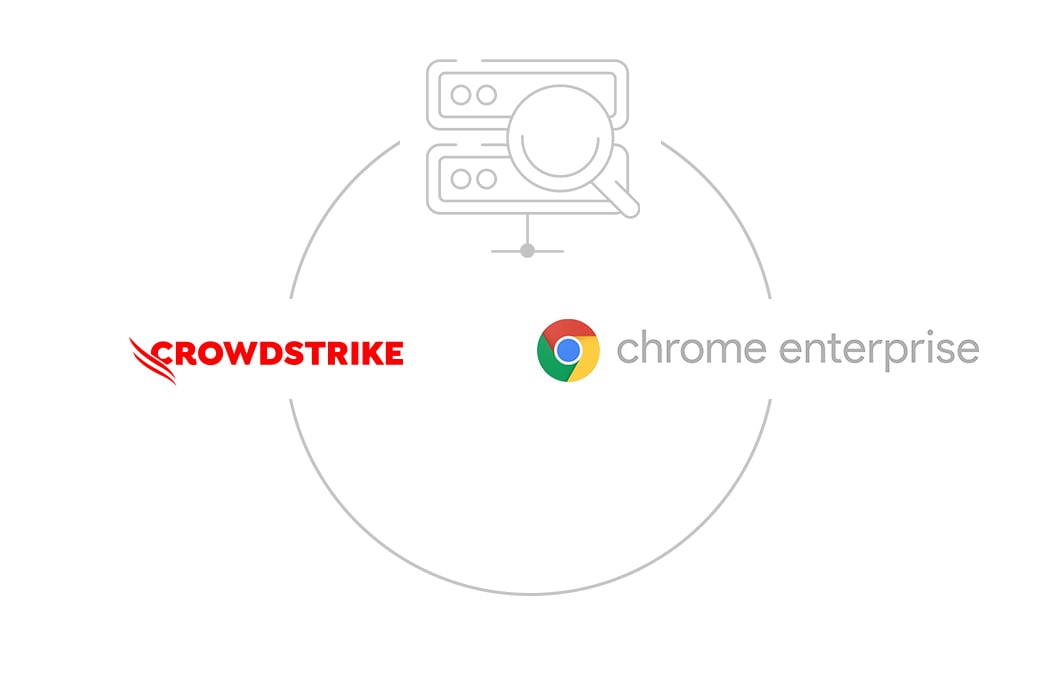Top 6 financial services log management use cases
Observability accelerates security, development and user experience

This blog was originally published July 8, 2020 on humio.com. Humio is a CrowdStrike Company.
Organizations that provide financial services and fintech companies experience constant pressure from customers, regulators, and competitors to increase the speed and quality of their services. For those organizations making the move to the cloud, there are additional layers of complexity arising from microservices in containers. Financial services organizations find themselves in the place where they need technology that will address the competing concerns of performance, speed, security, and cost.
Log management provides a tool that addresses the rigors faced by modern financial services infrastructure. By providing network-wide visibility into all processes in real time, log management makes it easier and faster to resolve the pressures of financial organizations. Through these top six use cases, the flexibility of log management reveals how it is more than a single solution tool, but rather a competitive advantage that financial intuitions can structure their entire strategy around.
The top six use cases of log management
1. Accelerate development of applications
Worldwide, mobile banking is expected to grow to a $26.341 trillion industry by 2026.
In this climate of explosive growth, pressure is on developers to put out multiple releases a day for their mobile banking apps. Any tools that speed up the feedback loop offer vital ways of getting ahead of competition. Log management does this by detecting errors and performance issues in application development environments, allowing developers to get alerts about problems in real-time so they can correct them before they go live. Log management further boosts application performance monitoring (APM) tools by including all log data, providing a detailed view that otherwise would be missed.
2. Monitor for security threats and get alerts
With robust options for alerting based on real-time streaming data, log management provides security personnel with the earliest possible indication of danger and can be configured via webhooks to automate a response such as closing certain ports or running a script on another host.
Logging everything enables security personnel to go back after an incident has occurred and investigate incidents or security threats. Log management tools can be used to search for indicators of compromise (IOC), while also supplying a powerful interface to drill down to the root causes and stop attacks at the source.
3. Assist support teams with a real-time view of transactions
It’s not just about providing raw data to developers and security teams. Log management can be used to develop easy-to-ready graphic and chart-rich dashboards to facilitate the needs of multiple teams.
For support teams, it can provide a view of possible errors on customer accounts, enabling them to see what exactly went wrong so they can correct it as quickly as possible, improving the customer experience.
4. Monitor performance of system
Log management provides system-wide indicators of performance like latency and garbage collection that provide early signals of problems in a system before they lead to a wider crash. Logs can indicate which processes are consuming the most resources and can draw attention to infrastructure that is being overactive and wasteful of resources. If the system passes customizable performance points, log management can alert an automated response to provide more storage or processing resources to prevent a crash.
5. Support compliance
Log management collects and centralizes data, preparing organizations for audits with easily accessible records of all logs. Modern log management compresses data further, allowing financial institutions to meet the retention requirements of regulations while using less hardware. Advanced solutions maintain compression while searching through the data, keeping data in active memory longer, further reducing costs by decreasing transaction time and CPU usage.
6. Monitor user behavior
Since it can record all transactions and activity in a system, logging can be used as a means to viewing user behavior to discover if an account may have been compromised or involved in breaches of sensitive data. Log management can alert security teams if a user’s privileges are elevated – a classic sign of compromise. Once a threat is detected, security teams can use log management to track the behavior of any individual IP address across the system and determine the extent of possible damage.
Humio provides powerful log management for financial services
Humio was designed from the beginning to be a highly performant, adaptable log management solution that is ideal to address the needs of financial service providers.
By removing indexes from the data collection process, Humio gives users instant access to their live streaming data. By compressing historical data by 10-20x, it gives them sub-second access to historical searches of their data. This speed translates into a boost in response time for all teams — Development, Support, Security, and Operations.
Advanced compression also enables longer storage periods, making it less expensive to meet compliance standards. Humio is available as a SaaS, and as a self-hosted solution for storage systems that may be required by financial regulations.
Humio accepts all forms of structured and unstructured data, fitting any number of use cases. Its flexible interface lets users build custom alerts, searches, and dashboards that represent and track the most essential data points for each user. Sharable dashboards democratize the information and can make a curated selection of secure data available to any organization.
In addition to being a central repository for audit trail information, Humio provides audit logs of all user behavior within Humio, providing an extra layer of accountability and security.
Originally inspired by the efficiency of high-volume stock trading, Humio brings high-speed data access to log management, creating stronger security, faster insights, and a better experience for customers.
Hear how the financial institutions like Deutsche Bank and Stash use Humio at our Financial Services Roundtable co-hosted with IBM.
Read more about financial services providers that use Humio: M1 Finance, SpareBank 1, and Lunar.
Learn how switching to unlimited log management can save institutions hundreds of thousands of dollars a year by reading Redefining Log Management TCO.


